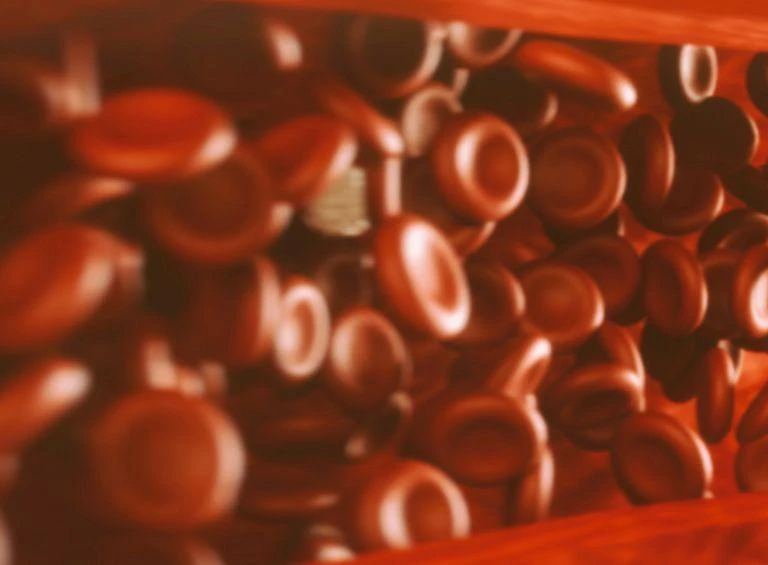Clopidogrel monotherapy after very short DAPT

Clopidogrel monotherapy after very short dual antiplatelet therapy in patients undergoing complex percutaneous coronary intervention: Post hoc subgroup analysis of the STOPDAPT-2 trial
This post hoc subgroup analysis demonstrated that very short dual antiplatelet therapy (DAPT) and subsequent P2Y12 inhibitor monotherapy would be an attractive antiplatelet regimen in patients undergoing complex percutaneous coronary intervention (PCI), especially in those with high bleeding risk.
Key Takeaway
- In this post hoc subgroup analysis of the STOPDAPT-2 (Short and Optimal Duration of Dual Antiplatelet Therapy-2) trial:
- Effects of clopidogrel monotherapy after 1- vs 12-month DAPT were comparable in complex and noncomplex PCI without significant interactions for:
- Primary endpoint (composite of cardiovascular and bleeding endpoints)
- Major secondary endpoints (composite of death from cardiovascular cause, myocardial infarction [MI], definite stent thrombosis, and ischemic or hemorrhagic stroke)
- No signal of increased ischemic risk was found with clopidogrel monotherapy following 1- vs 12-month DAPT after complex PCI.
- Effects of clopidogrel monotherapy after 1- vs 12-month DAPT were comparable in complex and noncomplex PCI without significant interactions for:
Why This Matters
- Optimal antithrombotic management following complex PCI has not been well determined.
- Subgroup analyses of patients who underwent complex PCI from the Global leaders and Twilight trials reported efficacy of ticagrelor monotherapy after very short (1–3 months) DAPT.
- However, no previous study has reported the safety and efficacy of clopidogrel monotherapy after 1-month DAPT in this patient population.
Study Design
- This post hoc subgroup analysis of STOPDAPT-2 trial based on the complexity of PCI randomly compared 1-month DAPT followed by clopidogrel alone with 12-month DAPT after cobalt-chromium everolimus-eluting stent implantation.
- Patients were divided into complex and noncomplex PCI subgroups based on the complex PCI criteria.
- Complex PCI was defined as a procedure with at least one of the following: 3 vessels treated, ≥3 stents implanted, ≥3 lesions treated, bifurcation with 2 stents implanted, total stent length >60 mm, or chronic total occlusion as the target lesion
- Primary endpoint: Composite of cardiovascular (cardiovascular death/ MI/definite stent thrombosis/stroke) and bleeding (Thrombolysis in Myocardial Infarction [TIMI] major/minor) endpoints
- Major secondary cardiovascular endpoint: Composite of death from cardiovascular cause, MI, definite stent thrombosis, and ischemic or hemorrhagic stroke
- Major secondary bleeding endpoint: Bleeding (TIMI major or minor bleeding)
Key Results
- Among 3,009 patients included in the STOPDAPT-2 trial (1-month DAPT group: n = 1,500; 12-month DAPT group: n = 1,509):
- 16.9% of patients underwent complex PCI (1-month DAPT: n = 245; 12-month DAPT: n = 264)
- 83.1% without complex PCI (1-month DAPT: n = 1,255; 12-month DAPT: n = 1,245)
- No significant interaction was found between the complexity of PCI and the effect of 1- vs 12-month DAPT on:
- Primary endpoint (Pinteraction = 0.14): Complex PCI = 1.67% vs 5.32%, hazard ratio (HR) = 0.30 (95% confidence interval [95% CI]: 0.10–0.92), P = 0.04; noncomplex PCI = 2.50% vs 3.35%, HR = 0.75 (95% CI: 0.47–1.20), P = 0.23
- Major secondary cardiovascular endpoint (Pinteraction = 0.49): Complex PCI = 1.67% vs 3.04%, HR = 0.54 (95% CI: 0.16–1.79), P = 0.31; noncomplex PCI = 2.02% vs 2.39%, HR = 0.86 (95% CI: 0.50–1.47), P = 0.58
- Cumulative 1-year incidence of the major secondary bleeding endpoint was significantly lower in the 1- vs 12-month DAPT groups, irrespective of PCI complexity (complex PCI: 0% vs 2.29%, log-rank P = 0.02; noncomplex PCI: 0.48% vs 1.38%; HR = 0.35 [95% CI: 0.14–0.89]; P = 0.03).
- No definite or probable stent thrombosis was found in both the 1- and 12-month DAPT groups among patients with complex PCI.
- However, in patients without complex PCI, it occurred in 0.32% and 0.08% of patients in the 1- and 12-month DAPT groups, respectively (HR = 3.98 [95% CI: 0.44–35.58]; P = 0.22).
Limitations
- The original trial design used a composite of cardiovascular and bleeding endpoints as the primary endpoint and had relatively small sample size.
- The prevalence of complex PCI was low, and hence, this analysis was underpowered and exploratory.
- Most patients in the STOPDAPT-2 trial had low or intermediate ischemic risk, and patients who experienced in-hospital major complications other than periprocedural MI were excluded.
- A considerable number of eligible patients were excluded because of physician’s choice or patient refusal.
- The study could not rule out the possibility that some patients might have had staged PCI procedures with a time interval >90 days.
- Limited generalizability of findings as Japanese patients with coronary artery disease have lower ischemic risk compared with US/European patients.
Reference
- Yamamoto K, Watanabe H, Morimoto T, Domei T, Ohya M, Ogita M, et al. Very short dual antiplatelet therapy after drug-eluting stent implantation in patients who underwent complex percutaneous coronary intervention: Insight From the STOPDAPT-2 Trial. Circ Cardiovasc Interv. 2021;14(5):e010384. doi:10.1161/CIRCINTERVENTIONS.120.010384. PMID: 34003662.

.webp/jcr:content/p2y12-inhibitors%20(1).webp)